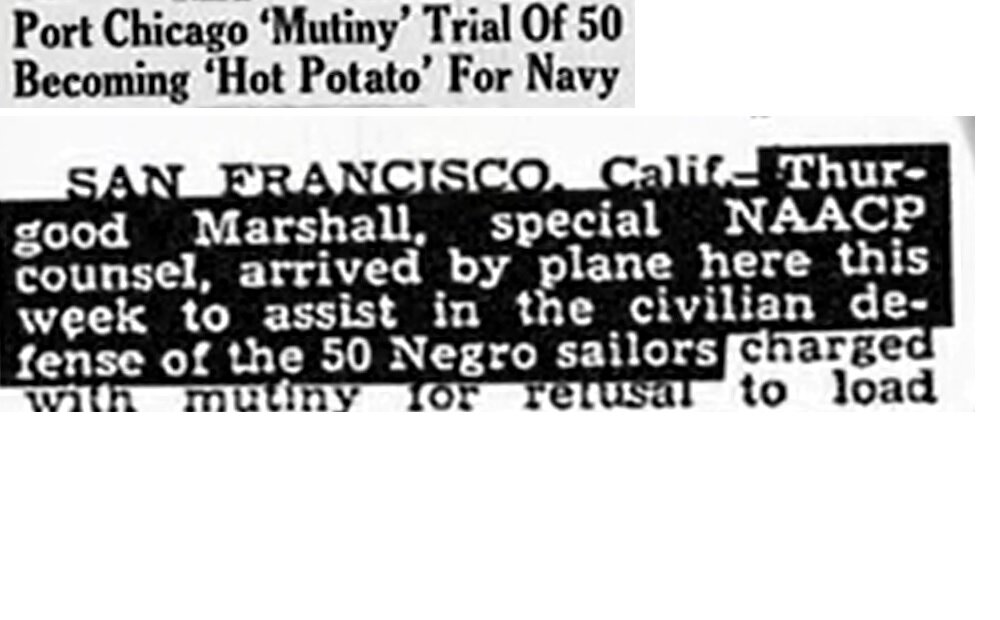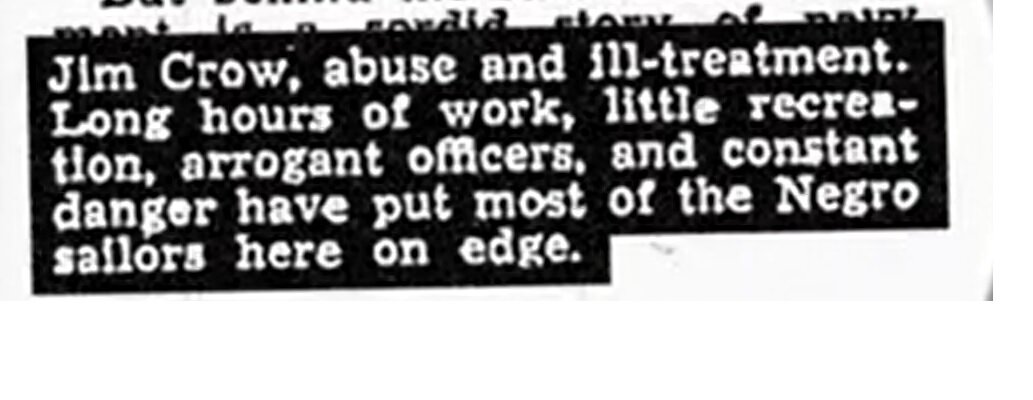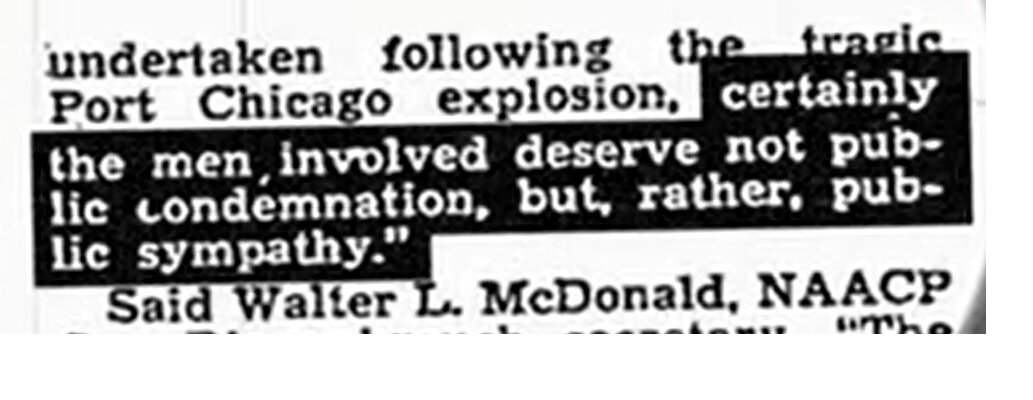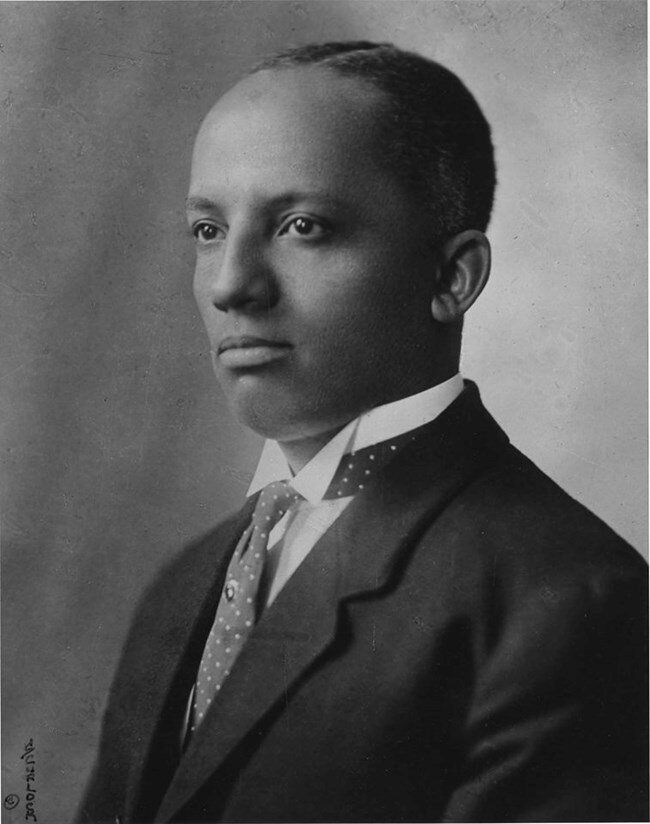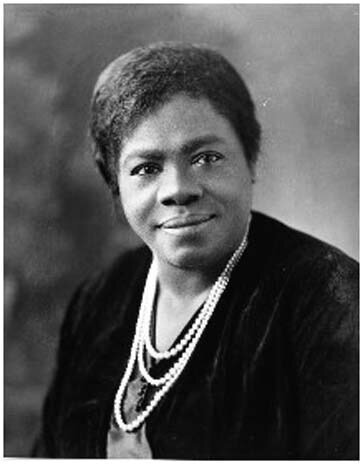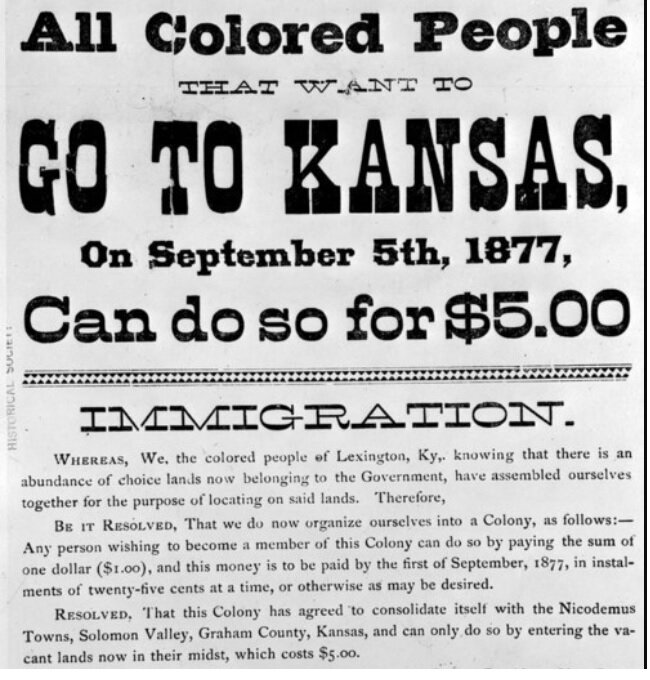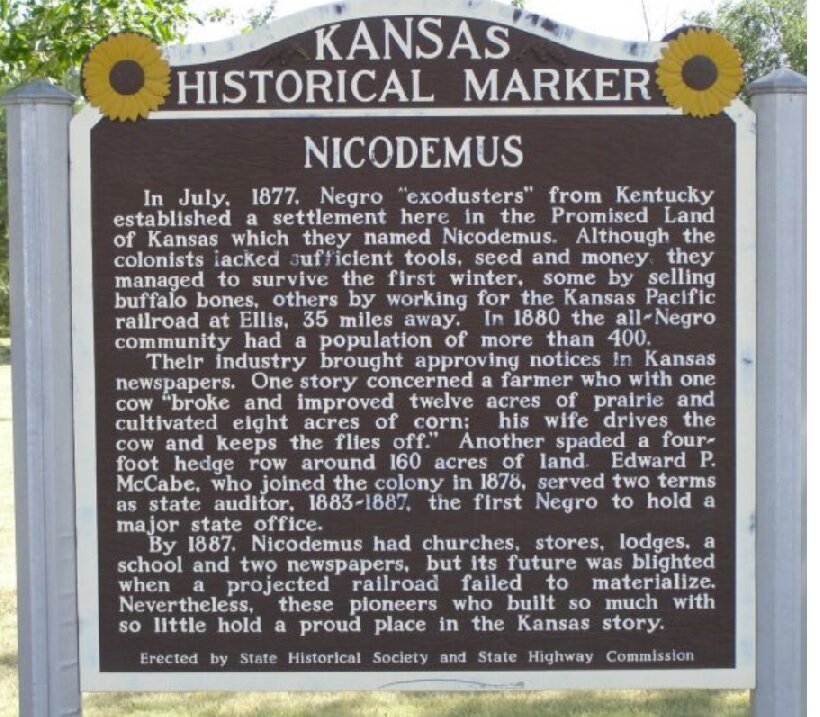National Park Service - Historic Sites with Small Number of Visitors
The National Park Service (NPS) is more than just our National Parks. The NPS manages over 420 sites, 63 are National Parks. They can be broken into two major categories: parks of natural beauty (such as Yellowstone) and parks of historical value (such as the Statue of Liberty).
The most visited historical site is the Lincoln Memorial, with almost eight million visitors in 2019. Other popular sites include Independence Hall in Philadelphia and the Statue of Liberty, each with over four million visitors per year.
But what about the other end of the spectrum. Some NPS historic sites receive very few visitors. But these still cover significant aspects of our history.
The nearby chart contains a list of the ten least visited historic sites, based on 2019 attendance. Three of these relate to Native American History. In this post, we will cover four that are about African American history.
Port Chicago (California) Naval Magazine National Memorial
Port Chicago is located about 40 miles from San Francisco. As described by the National Park Service: “On the evening of July 17, 1944, residents in the San Francisco east bay area were jolted awake by a massive explosion that cracked windows and lit up the night sky. At Port Chicago Naval Magazine, 320 men were instantly killed when two ships being loaded with ammunition for the Pacific theater troops blew up. It was WWII's worst home front disaster.”
The NPS goes on to explain: “The disaster and its aftermath illuminated the issues of segregation and racial inequality in the military, and today the memorial serves as a springboard for exploring social justice in our society.”
The bulk of those killed were African American sailors working in the segregated military. Due to ongoing unsafe conditions, many refused to return to work. Fifty were convicted of mutiny and sentenced to years in prison. The trial publicized the unequal treatment of Blacks, who were given the worst jobs without training or safety procedures. As a result of the publicity, the Navy started to change its practices regarding segregation and disparate treatment, eventually leading to President Truman desegregating the military in 1948.
Although the 50 sailors were released from prison in 1946, their convictions still stand today, despite attempts to overturn them.
The next time you visit San Francisco, consider visiting this National Memorial. You can remember and honor the men whose sacrifice helped the country’s Civil Rights movement. Selected newspaper coverage is shown below:
Carter G. Woodson Home NHS (Washington DC) / Mary McLeod Bethune Council House NHS
These two properties are just a few minutes apart from each other in Washington DC, not far from the White House.
Dr. Carter G. Woodson is known as the ‘Father of African American History.’ As described by the NPS: “Before Dr. Woodson, there was very little accurate written history about the lives and experiences of Americans of African descent.” Dr. Woodson was born in 1875 - the son of formerly enslaved parents. After earning money working in coal mines, he pursued education. In 1912, he earned his Ph.D. in History from Harvard University, making him the second Black (after W.E.B. Du Bois) to graduate with a Doctorate from Harvard. In 1915, Dr. Woodson founded the ‘Association for the Study of Negro Life and History (Today it is known as ‘Association for the Study of African American Life and History.’)
Dr. Woodson established Negro History Week at this house in 1926. Woodson chose the second week of February because of the birthdays of both President Abraham Lincoln (February 12th) and Frederick Douglass (February 14th). This is now celebrated as Black History Month.
Mary McLeod Bethune was a contemporary of Charles Woodson. As described by the NPS: “Mary McLeod Bethune achieved her greatest recognition at the Washington, DC townhouse that is now this National Historic Site. The Council House was the first headquarters of the National Council of Negro Women (NCNW) and was Bethune’s last home in Washington, DC. From here, Bethune and the NCNW spearheaded strategies and developed programs that advanced the interests of African American women.” Among her achievements was the founding of Bethune-Cookman University in Florida. She served under President Franklin Roosevelt as Director of Negro Affairs, the first African American woman to head a federal agency. Her achievements are numerous and best understood by visiting this National Park Service site.
Both sites can easily be visited in one day.
Nicodemus NHS
Nicodemus National Historic Site is in rural Kansas, about 6 hours west of Kansas City. The NPS description: “Formerly enslaved African Americans left Kentucky at the end of the of post-Civil War Reconstruction period to experience freedom in the "Promised Land" of Kansas. Nicodemus represents the involvement of African Americans in the westward expansion and settlement of the Great Plains. It is the oldest and only remaining Black settlement west of the Mississippi River.”
Abolitionist Henry Clay Work wrote an 1864 ballad entitled “Wake, Nicodemus,” which could be the inspiration for the town’s name. It is about a man brought to America on a slave ship and who later purchased his freedom.
The short video contains images of Nicodemus with a poem written about the town.
The town peaked at several hundred people before it declined when railroads bypassed it. A small number of descendants of the original inhabitants still live there.
NPS Map
Back by popular demand is the NPS map.
Use the filter checkboxes at the bottom to display different types of parks. (clicking on the three dots will bring up additional choices). Hover over the markers to get the name of the park. And click on the markers to get links to the park’s website.


